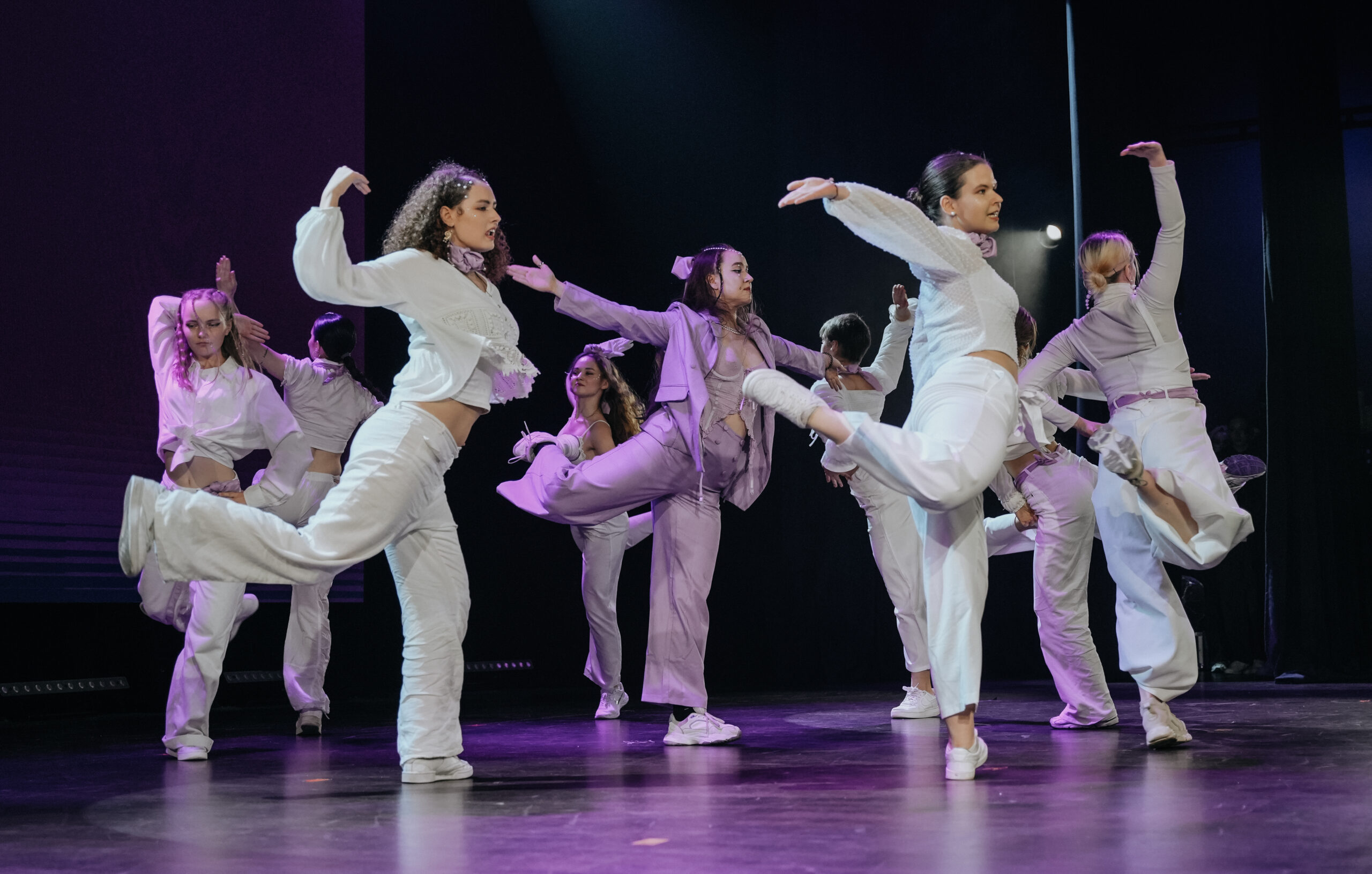Voguing is a dance style that originated in the LGBTQ+ ballroom scene of Harlem, New York City, in the 1960s. It was inspired by the poses struck by models in fashion magazines, particularly Vogue magazine, and was adopted by Black and Latinx LGBTQ+ communities as a form of self-expression, art, and competition.
Old Way voguing is one of the foundational styles within the broader voguing dance genre. It emerged in the late 1970s and early 1980s, and it is characterized by fluid, graceful, and linear movements. Old Way voguers aim to emulate the elegance and glamour of fashion models, using intricate hand and arm movements, as well as smooth and precise footwork, to create captivating shapes and lines. This style often incorporates elements of mime and runway modeling, showcasing the voguers’ ability to portray various emotions and themes through their movements.
The dance is typically performed in a competitive setting known as a “ball,” where participants, also known as “houses,” compete in different categories, including voguing, to showcase their skills and identity. In Old Way voguing, participants are judged based on their form, precision, and ability to tell a story through their movements.
Old Way voguing has had a significant impact on popular culture, influencing fashion, music, and dance. It has become an integral part of the LGBTQ+ ballroom culture and continues to be celebrated and practiced by communities around the world.
As with any dance style, it’s essential to approach voguing with respect for its cultural origins and the communities that have shaped and nurtured it over the years. Voguing is not just a dance; it represents a form of empowerment, self-expression, and celebration of identity for many individuals within the LGBTQ+ community.

